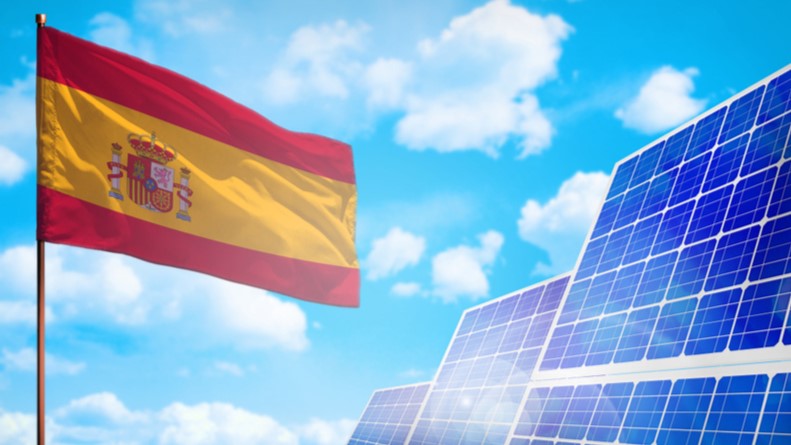Countries in the region that Balkan Green Energy News tracks mostly achieved stellar progress in photovoltaics, while other segments generally stagnated.
Türkiye is undisputed in solar power – growing 76% to 19.9 GW, while all others had almost 22.5 GW put together last year. The wind sector was solid, rallying 9.9% to just under 13 GW. Of note, Serbia’s wind power capacity growth, 18.4%, was the only one above the global rate. Its total reached 604 MW.
Eight countries in Southeastern Europe beat the world’s average in the expansion of photovoltaics last year, according to the new statistics.
After Türkiye, the biggest solar power capacity, 9.3 GW, and absolute increase, 2.58 GW, is in Greece. The country registered a 39% growth.
In percentage terms, Croatia is the first in the Balkans, with 86%. It had 860 MW of solar power online. Romania’s capacity jumped 57% to 4.7 GW. Bulgaria added 1 GW, or 34%, reaching 3.9 GW. Slovenia hosted 1.31 GW of solar power at the end of last year, increasing it by 27%.
North Macedonia grew 65% to 833 MW and Cyprus increased its PV fleet by 25% to 724 MW.
The remaining markets are all near the bottom of the list in Europe in solar power capacity. Albania had 307 MW in operation, advancing 48% year over year.
The update shows Serbia at 241 MW or 22% more than one year before. Montenegro had 30 MW, compared to 17 MW in 2023. Bosnia and Herzegovina remained at 212 MW and Kosovo* was stuck at 20 MW in the report that IRENA published, indicating a lack of new data.








